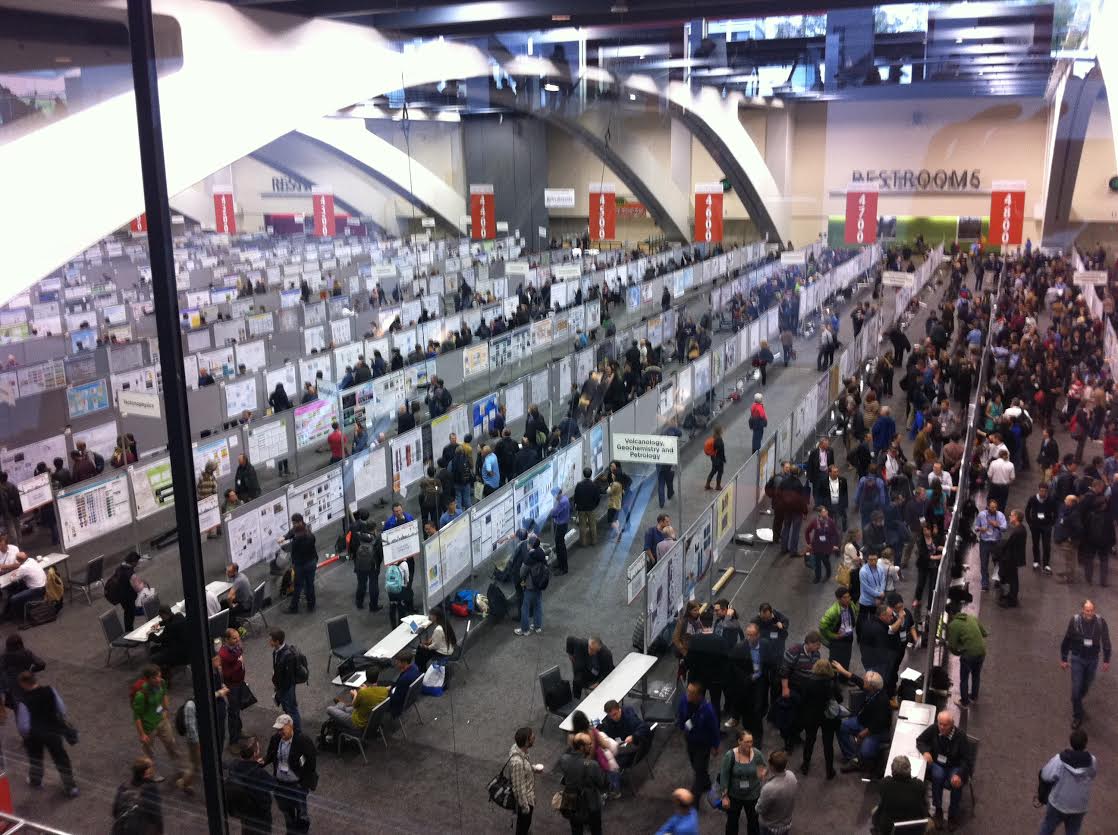Marine CSEM and seismic joint-interpretation for the characterization of methane hydrates and free gas deposits at deep-sea pockmarks
Gas hydrates are currently positioned in the centre of a ‘triple-junction interest’ from both the industry and academic point of view, due to their potential as an unconventional energy resource, geohazard to marine infrastructures and possible role in climate change. The aim of this study is to detect, quantify and characterize the distribution of methane… Read More Marine CSEM and seismic joint-interpretation for the characterization of methane hydrates and free gas deposits at deep-sea pockmarks



